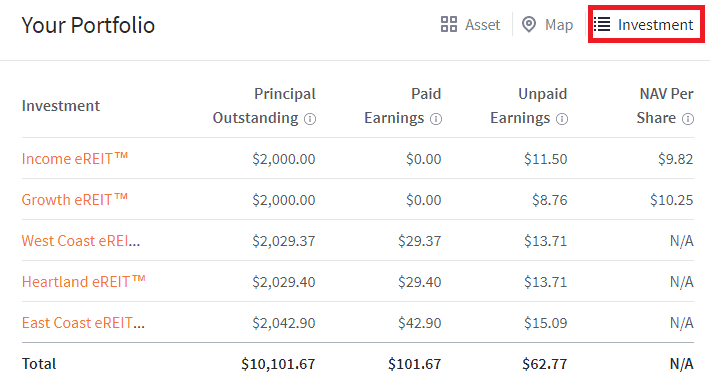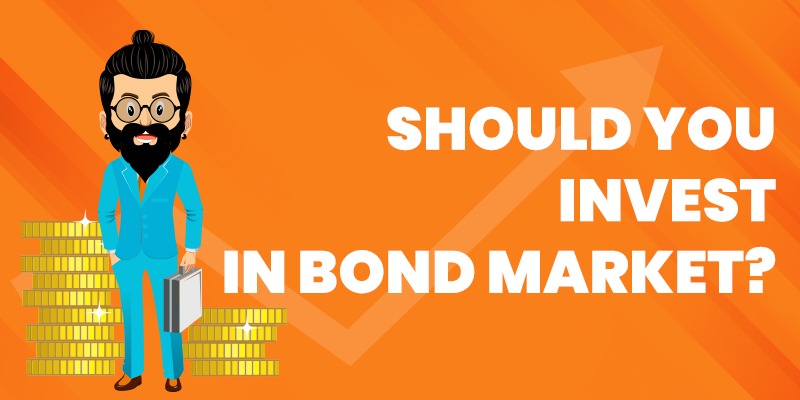
While selling bonds before maturity has many risks, investors often prefer this method because it frees capital for other investments. It is a good idea to sell your bonds before maturity if you don’t want to be in debt. Before you sell your bonds, however, it is a good idea to first liquidate any other investments. There are risks involved in selling bonds before they mature. Consider these factors before you decide to sell your bonds. It is important to consider the creditworthiness or issuer of bonds when selling bonds.
Interest rates
You should be aware of the interest rates you are selling bonds for. There are many reasons to do this. Bonds are important part of any well-balanced portfolio, and understanding interest rates can help you adjust your holdings when rates change. Professionals can help you calculate the risk of bond mutual funds and ETFs. These funds can help you keep your portfolio balanced. Investing via ETFs and mutual funds in bonds can help you manage risk.

Issuer's creditworthiness
When purchasing bonds, investors should assess the creditworthiness. Rating agencies use financial analysis to determine the creditworthiness of a debt. They also assess the company's ability and willingness to pay its obligations. Rating agencies assign ratings to debts based on their confidence. This rating may not necessarily reflect the debt's actual risk. Rating agencies' ratings can be extremely useful in determining the financial stability and risk of a bond issuer. These ratings are often included as part of the prospectus.
Price of the bond
The formula that determines the price of bonds sold is the bond's coupon rate and yield to maturity as well as its par value and tenor. The primary and secondary markets have many factors that influence the price of bonds. They include liquidity, creditworthiness, creditworthiness, creditworthiness, and time to next coupon payment. The market changes the price of a bond every minute. It is useful to examine some of the most important factors that influence the bond's price.
Redeeming government savings bonds
There are three ways to redeem your government savings bonds. You can cash them in January, July or October. For cashing in your bonds, you may have to visit the Federal Reserve Bank Savings Bond Process Site. These locations can be found on the TreasuryDirect Web site. The bearer of your bonds must show a photo ID and a Power of Attorney to redeem them. If the bond belongs to someone who is deceased, the bearer might need to produce a death certifiion.

Selling bonds in secondary markets
Secondary markets are the best place for selling bonds prior to maturity. This market is quite different than buying stocks. Therefore, there are many things to be aware of when you sell your bonds. Here are some key parameters:
FAQ
What is a Stock Exchange?
A stock exchange is where companies go to sell shares of their company. This allows investors the opportunity to invest in the company. The market decides the share price. The market usually determines the price of the share based on what people will pay for it.
Stock exchanges also help companies raise money from investors. Investors invest in companies to support their growth. This is done by purchasing shares in the company. Companies use their money as capital to expand and fund their businesses.
A stock exchange can have many different types of shares. Some are called ordinary shares. These are most common types of shares. These are the most common type of shares. They can be purchased and sold on an open market. Stocks can be traded at prices that are determined according to supply and demand.
Preferred shares and bonds are two types of shares. Priority is given to preferred shares over other shares when dividends have been paid. If a company issues bonds, they must repay them.
Who can trade in the stock market?
Everyone. Not all people are created equal. Some people have better skills or knowledge than others. They should be recognized for their efforts.
There are many factors that determine whether someone succeeds, or fails, in trading stocks. If you don’t have the ability to read financial reports, it will be difficult to make decisions.
These reports are not for you unless you know how to interpret them. Each number must be understood. And you must be able to interpret the numbers correctly.
You will be able spot trends and patterns within the data. This will help to determine when you should buy or sell shares.
If you are lucky enough, you may even be able to make a lot of money doing this.
How does the stock markets work?
Shares of stock are a way to acquire ownership rights. The company has some rights that a shareholder can exercise. He/she has the right to vote on major resolutions and policies. He/she can seek compensation for the damages caused by company. The employee can also sue the company if the contract is not respected.
A company cannot issue any more shares than its total assets, minus liabilities. It is known as capital adequacy.
A company that has a high capital ratio is considered safe. Low ratios make it risky to invest in.
Are bonds tradeable
They are, indeed! You can trade bonds on exchanges like shares. They have been traded on exchanges for many years.
They are different in that you can't buy bonds directly from the issuer. You must go through a broker who buys them on your behalf.
It is much easier to buy bonds because there are no intermediaries. This also means that if you want to sell a bond, you must find someone willing to buy it from you.
There are many different types of bonds. Some bonds pay interest at regular intervals and others do not.
Some pay quarterly interest, while others pay annual interest. These differences make it easy to compare bonds against each other.
Bonds are a great way to invest money. In other words, PS10,000 could be invested in a savings account to earn 0.75% annually. You would earn 12.5% per annum if you put the same amount into a 10-year government bond.
If you were to put all of these investments into a portfolio, then the total return over ten years would be higher using the bond investment.
Statistics
- The S&P 500 has grown about 10.5% per year since its establishment in the 1920s. (investopedia.com)
- "If all of your money's in one stock, you could potentially lose 50% of it overnight," Moore says. (nerdwallet.com)
- Our focus on Main Street investors reflects the fact that American households own $38 trillion worth of equities, more than 59 percent of the U.S. equity market either directly or indirectly through mutual funds, retirement accounts, and other investments. (sec.gov)
- Ratchet down that 10% if you don't yet have a healthy emergency fund and 10% to 15% of your income funneled into a retirement savings account. (nerdwallet.com)
External Links
How To
How to trade in the Stock Market
Stock trading involves the purchase and sale of stocks, bonds, commodities or currencies as well as derivatives. The word "trading" comes from the French term traiteur (someone who buys and sells). Traders buy and sell securities in order to make money through the difference between what they pay and what they receive. It is one of oldest forms of financial investing.
There are many options for investing in the stock market. There are three types that you can invest in the stock market: active, passive, or hybrid. Passive investors only watch their investments grow. Actively traded investors seek out winning companies and make money from them. Hybrid investors use a combination of these two approaches.
Passive investing is done through index funds that track broad indices like the S&P 500 or Dow Jones Industrial Average, etc. This method is popular as it offers diversification and minimizes risk. All you have to do is relax and let your investments take care of themselves.
Active investing involves selecting companies and studying their performance. Active investors look at earnings growth, return-on-equity, debt ratios P/E ratios cash flow, book price, dividend payout, management team, history of share prices, etc. They then decide whether they will buy shares or not. If they feel the company is undervalued they will purchase shares in the hope that the price rises. However, if they feel that the company is too valuable, they will wait for it to drop before they buy stock.
Hybrid investing blends elements of both active and passive investing. Hybrid investing is a combination of active and passive investing. You may choose to track multiple stocks in a fund, but you want to also select several companies. In this instance, you might put part of your portfolio in passively managed funds and part in active managed funds.